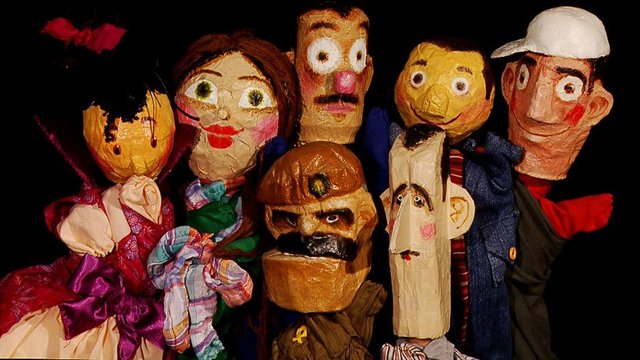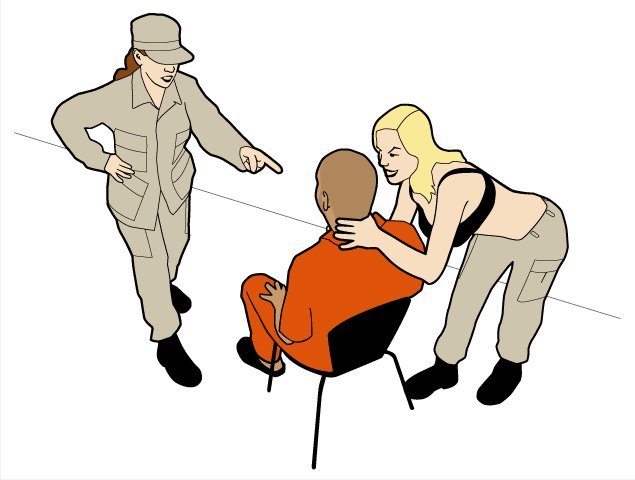Platform for discussion005
How has a globalised cultural economy affected the production of contemporary visual culture in North Africa and the Middle East?
The excited chatter about unrest and uprisings in the western world has focused particularly on a number of countries in North Africa and in what we here refer to as the Middle East (meaning anything between eighteen to thirty-eight countries according to Wikipedia). In the UK, we have received a deluge of reductive media accounts on the subject of these conflicts: alarming images taken by photojournalists, questionable politicians' opinions and statements, analyses from the military, and a stream of reports from aid agencies and human rights organisations. Wittingly and unwittingly these have combined to produce banal stereotypes.
This is not the place to debate UK military, trade and other involvement in Iraq and Afghanistan, as well as in Syria, Libya, Egypt, and Tunisia amongst so many places (both historically and currently). It is enough to say that we in the UK are heavily implicated; at once both distanced and not quite as distanced as we may want to believe – and certainly rather less knowledgeable than we might be. Stereotypes are undermining a real prospect of understanding, learning, amelioration, and cultural exchange; they are distorting the fact that 'the other' simply does not exist in the way many would have us believe. The increasing use of drones in war and in surveillance is just one more literal and terrifying example of this process of distancing that must be contested.
We have scant information from the people who know best about war, those who live it, and especially disturbingly, few accounts from women. The scrutiny of historians and theorists is largely confined to particular circles. And while many artists have been addressing the complexities of conflict or have shown counter narratives, their work has often been subverted or anaesthetised by the monolith that is the global art market, hungry for spectacle and somewhat casual about context.
In 2011, together with two colleagues, I started a new programme: Culture+Conflict, in the belief that artists' perspectives, their imagination and insights and questions, their investigations and activities in the frame of war or in the aftermath of conflict, have particular resonance. Both with conflict being seemingly part of the 'human condition', but also with respect to particular places and events. We want artists' work to be discussed more widely and at the same time to raise the complicated questions of agency and instrumentalism. The aim is to reflect critically on the role, quality and purpose of art produced during and in the aftermath of conflict and to improve the quality of exchange between people working on art and conflict, not only within the arts sector. There are many academics and activists who either address art, or work with artists directly, although art may not be their primary focus. The inevitable danger with Culture+Conflict is that we add to an unbalanced interpretation and that as Westerners ourselves, living in a secure city, it is only too easy to be naïve, to unwittingly offend, to position the work clumsily and to misrepresent and to be misrepresented when making a connection between the production of art and war. We have to prove otherwise if this is to be work of value and of course we must connect with a wide reach of artists and hear first hand from them.
So for the next year, a research programme will bring together artists, cultural theorists and activists to respond to the plethora of questions, to bring examples of practice and to see what more may be done in education, in the support of artists, in the interests of expanding understanding, and to amplify some of the extraordinary work that is taking place.
Inevitably in a programme of this sort you become caught between the largest of overarching aspirations and the most basic of questions. I give you two quotes, the first from Haile Selassie in his 'Address to the United Nations' of October 1963:
Until the philosophy which holds one race superior and another inferior is finally and permanently discredited and abandoned: Until there are no longer first-class and second class citizens of any nation; until the colour of a man's skin is of no more significance than the colour of his eyes; until the basic human rights are equally guaranteed to all without regard to race; until that day, the dream of lasting peace and world citizenship and the rule of international morality will remain but a fleeting illusion, to be pursued but never attained.
The second is a quote from Jean Fisher, writer, academic, and previous editor of Third Text. She asked in an essay for Documenta11 in 2002 entitled 'Towards a Metaphysics of Shit' (I recommend it to you highly):
Can art function as an effective mediator of change or resistance to hegemonic power, or is it doomed to be a decorative and irrelevant footnote to forces more powerful than its capacity to confront?
Art that is burdensome is never going to resonate. It must hold ambiguities, complexities and paradoxes. At the same time art can be part of rewriting dishonest histories, of resisting onslaughts on freedom of expression; it can, and frequently does, operate beyond the cocoon of the art market. Art can focus afresh on inhumanity for sure, but it particularly speaks of our common humanity. Along the way of this research, we welcome your views and knowledge and questions and cautions, and particularly your direction as to work that is taking place that should be part of the programme, and artists whose voices should be heard more.
What is a platform?
A platform is a space for speaking in public. It is an opportunity to express ideas and thoughts. It also suggests the formal declaration of a stance or position on any given subject.
Unique to Ibraaz is a 'platform', a question put to writers, thinkers and artists about an issue relevant to the MENA region. This platform is sent to respondents both within and beyond the MENA region and contributions will be archived every 12 months.


